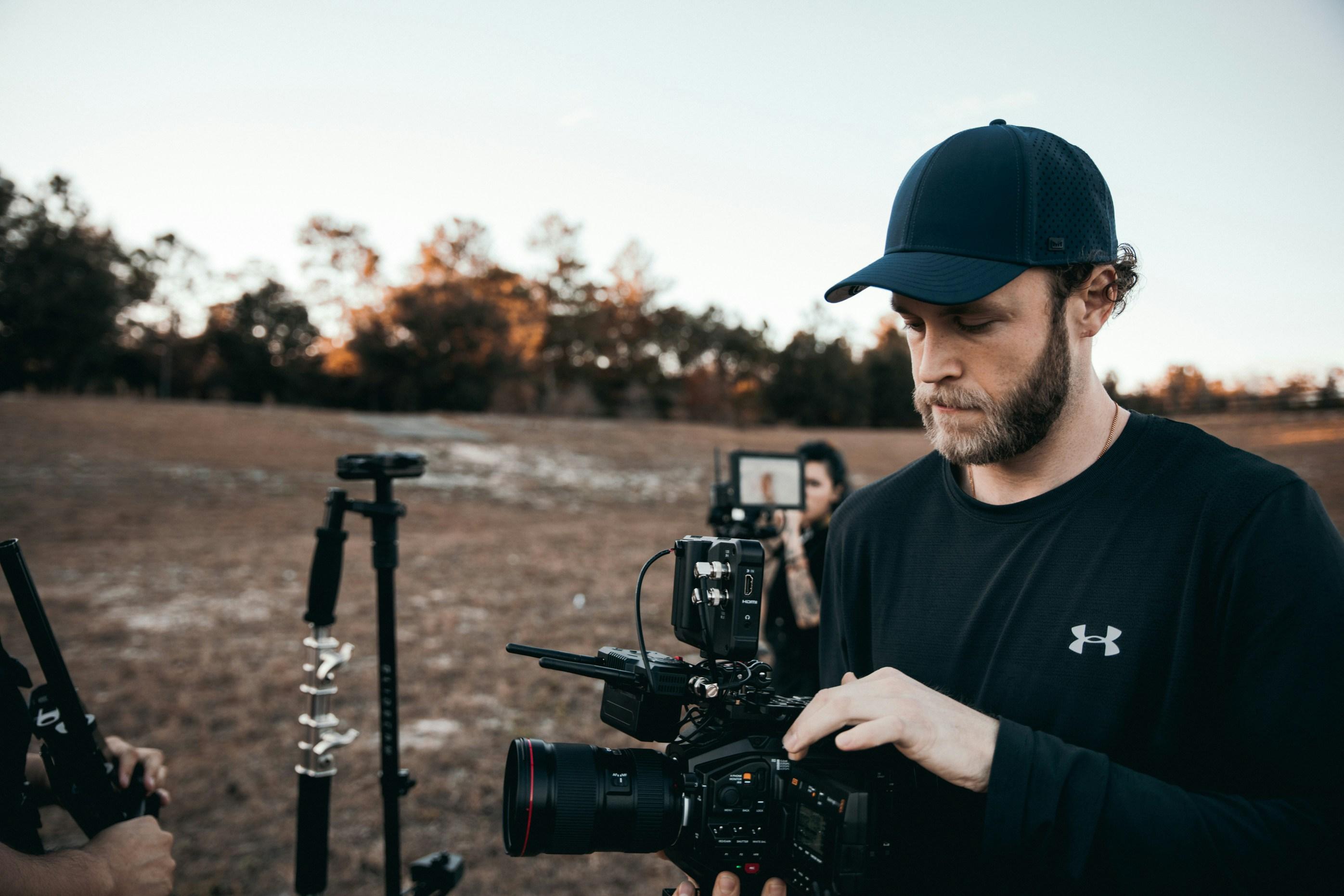In the dim glow of a theater, as the opening credits roll and the first scene unfolds, a familiar story begins to breathe anew. Novels, with their intricate plots and vivid characters, offer a treasure trove of inspiration for filmmakers. Yet, transforming these literary gems into compelling on-screen narratives is an art form unto itself. This delicate process involves a blend of creativity, fidelity, and innovation, as filmmakers navigate the labyrinth of a novel’s essence to craft a visual experience that resonates with audiences. Join us as we explore the nuanced journey from page to screen, uncovering the techniques and challenges that define the adaptation process.
Understanding the Essence: Capturing the Heart of the Novel
At the core of any successful adaptation lies the ability to distill the novel’s soul, transforming its essence into a visual narrative. Filmmakers often embark on this journey by identifying the key themes and emotional currents that drive the story. By focusing on the novel’s central motifs, they craft a screenplay that resonates with both new audiences and devoted fans. This involves a delicate balance between staying true to the original material and making necessary changes for the cinematic format.
- Character Development: Translating the inner thoughts and complexities of characters into visual and dialogue-driven elements.
- Atmosphere and Setting: Capturing the novel’s mood through cinematography, color palettes, and location choices.
- Plot Adaptation: Streamlining the storyline to fit the time constraints of a film while maintaining narrative integrity.
By embracing these components, filmmakers can create adaptations that not only honor the source material but also stand alone as compelling pieces of cinema. The magic lies in crafting a visual language that conveys the novel’s heart, allowing audiences to experience the story anew.

Crafting Visual Narratives: Translating Words into Cinematic Imagery
In the intricate dance of adaptation, filmmakers are tasked with the challenge of transforming the written word into a visual feast. This process involves more than just a simple translation; it’s about capturing the essence of the narrative and breathing life into characters and settings. Key elements of a novel—such as tone, atmosphere, and character depth—must be skillfully woven into the cinematic tapestry to resonate with audiences.
- Character Development: Translating complex inner monologues into visual cues and dialogues.
- Setting the Scene: Creating immersive worlds that reflect the novel’s mood and themes.
- Plot Pacing: Adapting the storyline to fit the visual medium, often requiring reimagining or condensing parts of the narrative.
- Symbolism and Themes: Using visual motifs to echo the underlying messages of the book.
Filmmakers often collaborate with authors to ensure the story’s soul remains intact, crafting a visual narrative that both honors the original work and stands on its own as a compelling piece of cinema.

Character Development: Bringing Literary Figures to Life
Filmmakers face the intricate challenge of transforming written characters into vibrant on-screen personas. This process often involves deep exploration of the characters’ psychological landscapes, where directors and actors delve into the nuances of their motivations and backstories. By interpreting the subtleties found in the text, they breathe life into the figures, ensuring they resonate with audiences both familiar and new to the source material.
- Visual Storytelling: Directors utilize visual cues to express internal conflicts, using cinematography and symbolism to add layers to a character’s journey.
- Adaptation and Interpretation: Screenwriters often adapt dialogue and scenarios to better fit the cinematic medium, ensuring that the essence of the character is preserved while enhancing dramatic impact.
- Actor Involvement: Actors contribute significantly by immersing themselves in their roles, often conducting extensive research to embody the character’s persona authentically.
Through these methods, filmmakers craft characters that not only honor their literary origins but also captivate viewers, creating a bridge between the imagination of the page and the reality of the screen.

Balancing Fidelity and Creativity: Navigating Adaptation Challenges
Adapting a beloved novel into a film requires a delicate dance between staying true to the source material and infusing the story with fresh, cinematic elements. Fidelity to the original text often ensures that the core themes and beloved characters resonate with fans, yet excessive adherence can stifle the creative liberties needed for visual storytelling. This balance is essential in translating complex narratives into a medium that thrives on visual and auditory stimuli.
Filmmakers often face the challenge of condensing intricate plots into a limited runtime, which necessitates selective focus and sometimes significant alterations. They might employ techniques such as:
- Streamlining subplots to maintain a coherent narrative flow.
- Enhancing visual motifs to emphasize themes more effectively.
- Creating composite characters to simplify and enhance character development.
Ultimately, successful adaptations strike a balance, crafting a story that honors the original work while standing confidently on its own cinematic merits.

